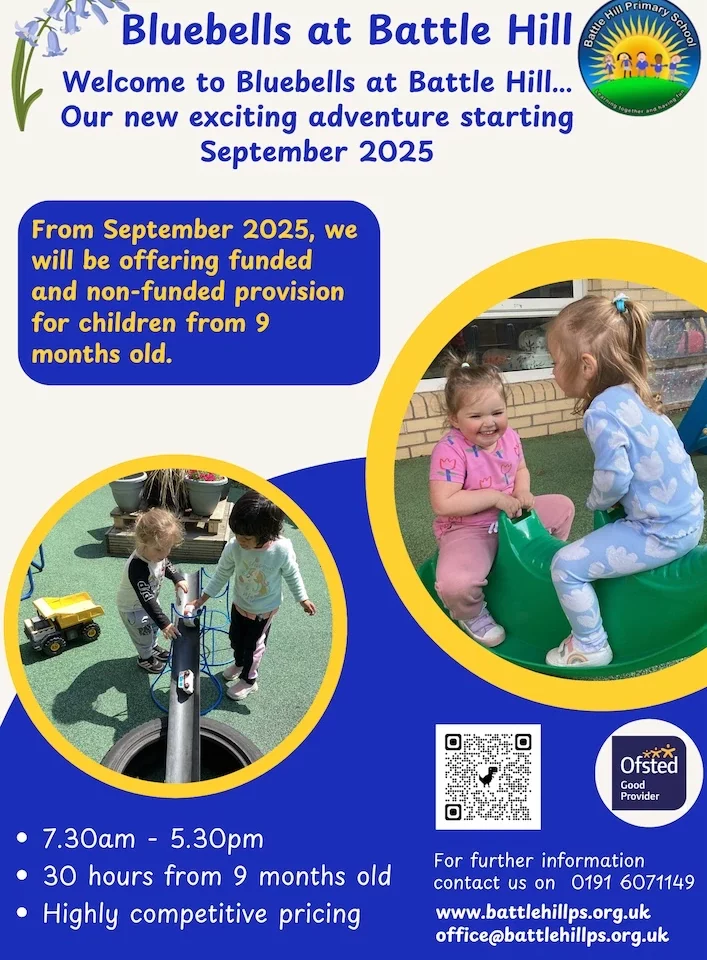Last awards this term - well done everyone! Goodbye to these two lovelies - good luck in your new school!
... See MoreSee Less
🎄✨ From all the staff at Battle Hill Primary School, we would like to wish all our children and families a very Merry Christmas. Thank you for your continued support this term – we hope you have a joyful, restful holiday and a wonderful New Year. ✨🎄
... See MoreSee Less
Today we said a fond farewell to Mrs Roberts. She will be a huge miss, but we have been assured she is going to keep in touch. X
... See MoreSee Less
We had a lovely golden breakfast this morning. We talked about Christmas Dinners and what does (and does not) belong on Christmas dinner! I learned a lot about this fabulous bunch! Thanks to our lovely lunchtime staff for nominating such a fabulous bunch!
... See MoreSee Less
Tomorrow we say goodbye to Mrs Roberts, who works in our office. She has been a great asset to the team and one of the faces that many of you will have interacted with on a daily basis. We wish her all the best in her retirement.
... See MoreSee Less
Thank you so much to Now Let’s Travel - Wallsend for their extremely generous donations of gifts. We have some incredibly grateful families Battle Hill Primary School!
... See MoreSee Less










